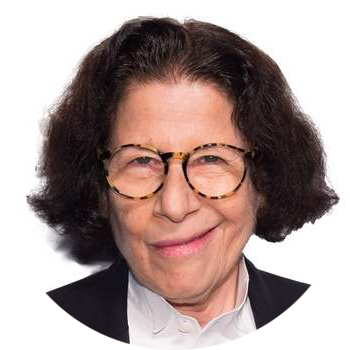In this article you will read about:
The wise old man (also called senex, sage or Sophos) is an archetype as described by Carl Jung, as well as a classic literary figure, and may be seen as a stock character. The wise old man can be a profound philosopher distinguished for wisdom and sound judgment.
In literature, the sage often takes the form of a mentor or a teacher to the hero, playing a crucial role in the hero’s journey. The sage archetype may be portrayed by a God or a Goddess, a magician or wizard, a philosopher or an advisor.
The sage is usually depicted as a wise old man or an old crone with great foresight who offers measured advice and guidance to help the hero in his quest while letting the hero choose his path towards destiny.
This archetype has been described in various forms throughout literature across cultures. The sage archetype also makes its presence felt in modern popular fiction, such as Yoda from Star Wars, the Wizard Gandalf in the Lord of the Rings and Professor Dumbledore in the Harry Potter series, to name a few.
Your visions will become clear only when you can look into your own heart. Who looks outside, dreams; who looks inside, awakes.
Carl Gustav Jung Tweet
In speaking of Senex, we are referring to a number of “faces” that are always dynamically changing. One of the psychological blessings of archetypes is that they cannot be precisely defined or taken literally, meaning that the psyche/soul cannot be a defined psychic entity but is an experience. This ineffability of the archetype is particularly crucial in understanding the Senex and the Sage, for they lie beyond the grasp of ego and mind. This further invites the reimagination of the Self.
Symbolism of the Sage Archetype
This type of character is typically represented as a kind and wise, older father-type figure who uses personal knowledge of people and the world to help tell stories and offer guidance that, mystically, may impress upon his audience a sense of who they are and who they might become, thereby acting as a mentor. He may occasionally appear as an absent-minded professor, appearing absent-minded due to a preference for contemplative pursuits.
The wise old man is often seen to be in some way “foreign”, that is, from a different culture, nation, or occasionally, even an additional time, from those he advises. In extreme cases, he may be a luminal being, such as Merlin, who was only half human.
Archetypes book recommendations
The Dark Side of the Wise Old Man
The shadow of the sage asserts itself in us through our tendencies to be critical and dogmatic in our views of the world and ourselves. We can easily imagine the wise older man sometimes becoming too fixed or rigid about his ideas.
Often when we reflect, we tend to be critical and make judgments about our thoughts, feelings and actions of ourselves and others. We label them as ‘good or bad’ and ‘right or wrong’. These labels that we attach to the insights we derive while looking inward make us feel guilty and hurt. For instance, we might think, “How can I be jealous? Jealousy is wrong; I should not feel this way”, or “How can I be attracted to another person when I love my partner so much? This means I am a bad, sinful person”. Such reflections then become unhelpful as they lead to unhealthy rumination.
By making judgements about our thoughts, feelings and actions that we do not like and labelling them as ‘bad or wrong’, we are rejecting those aspects of our being, which cannot be denied to oblivion. Though bringing temporary respite, such denial becomes suppressed and integrated into the shadow. In our anxiety about running away from the shadow within us, we perceive our lives as a series of uncontrollable events we feel helpless.
The JPTI, or Jungian Personality Type Indicator, is a personality assessment tool that is based on the influential theory of psychological types, which was introduced by Swiss psychiatrist Carl Jung in 1921. This theory proposes that people interact with the world using four principal psychological functions, which are sensation, intuition, feeling, and thinking. Jung also suggested that one of these four functions tends to be dominant for a person most of the time.
The Senex in Individuation
In the individuation process, the Wise old man archetype was late to emerge and seen as an indication of the Self. ‘If an individual has wrestled seriously enough and long enough with the anima or animus problem… the unconscious again changes its dominant character and appears in a new symbolic form: as a masculine initiator and guardian (an Indian guru), a wise old man, a spirit of nature, and so forth‘.
In their ultimate development, the Senex and Crone ( or collectively, the Sage) are archetypal personifications of the Higher Self. That is, in their highest reaches, they are images of the woman or man who has realized the Self.
The Senex’s antithetical archetype, or the enantiodromic opposite, is the Puer Aeternus.
The Sage is a seeker of truth, and this archetype operates from a fundamental principle that ‘the truth will set you free’. It is associated with attributes of self-reflection and understanding that enlighten our path to individuation. It implies asking questions to self in order to reach the answers one seeks in life.
When we reflect inwardly and deeply, we can often generate insights, new perspectives and actionable solutions. It is the sage archetype that drives us toward such self-reflection in the search for wisdom. The sage thus engages in meaningful introspection, which involves reflecting and looking inward by being aware and accepting of one’s thoughts, feelings and actions without any judgement.




